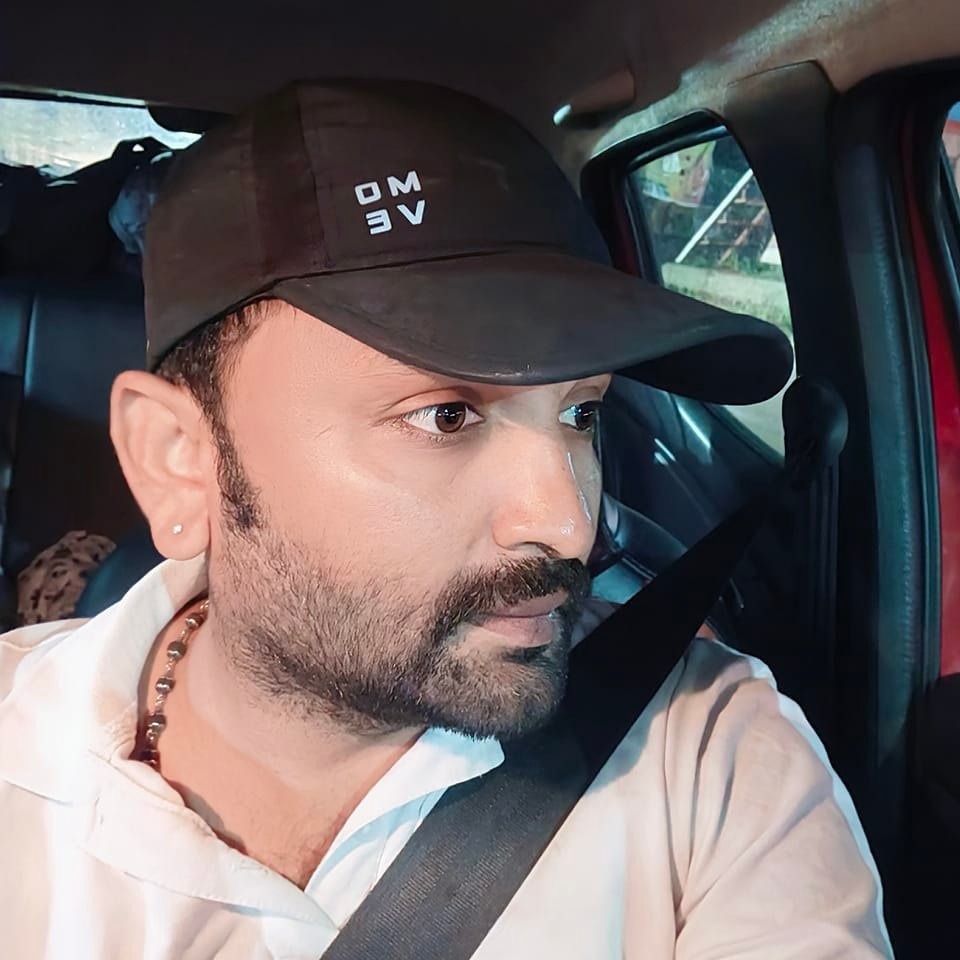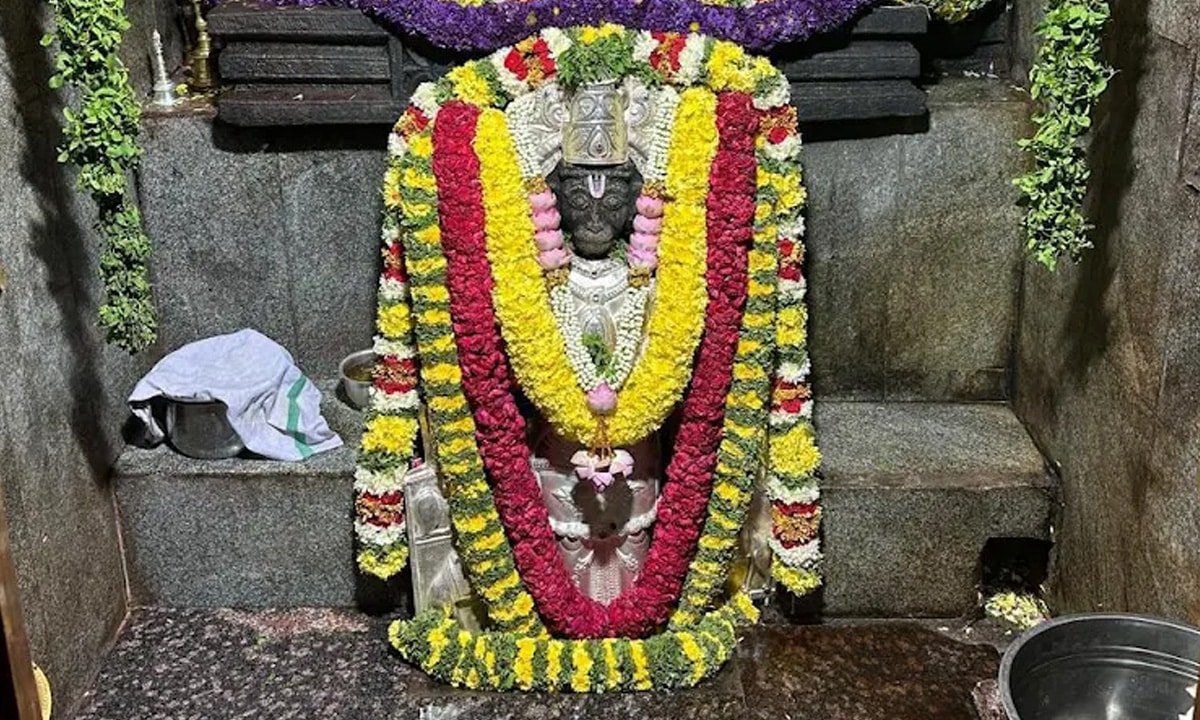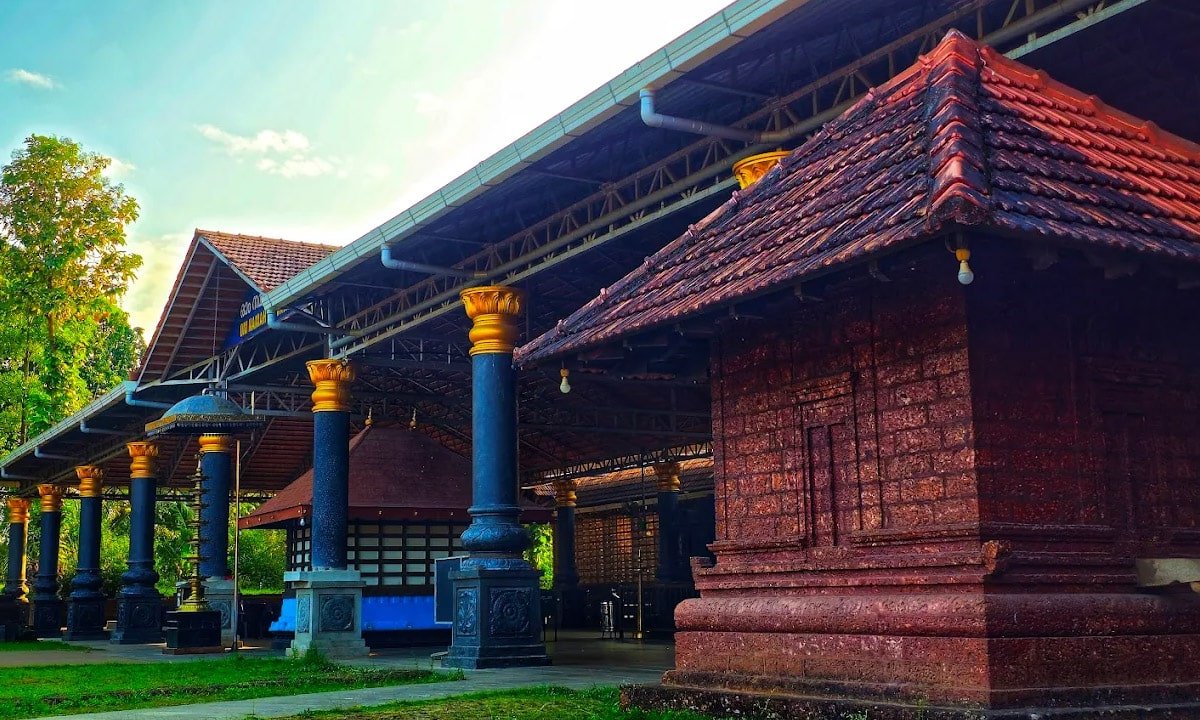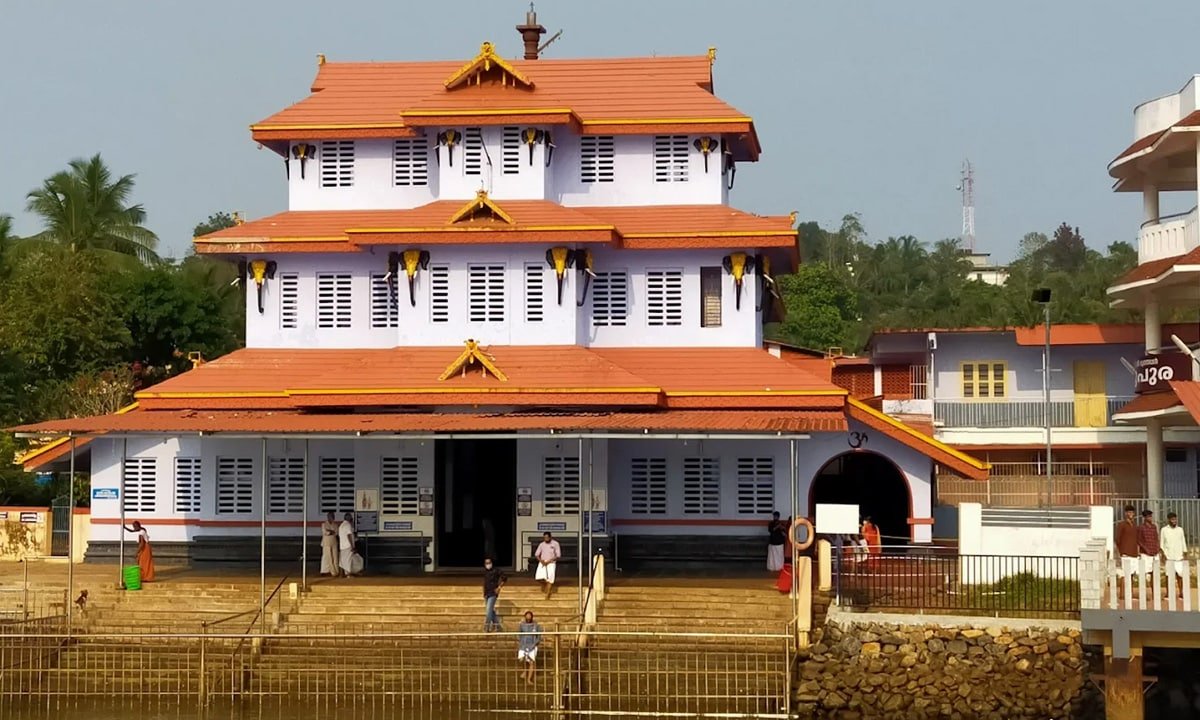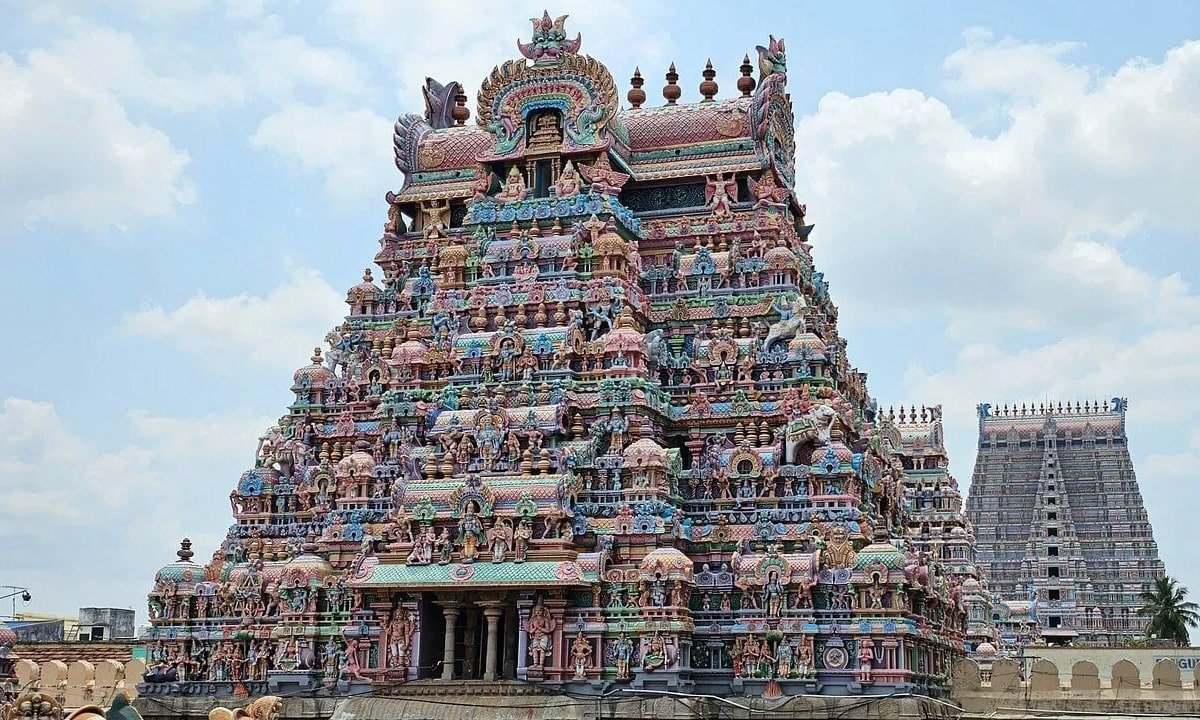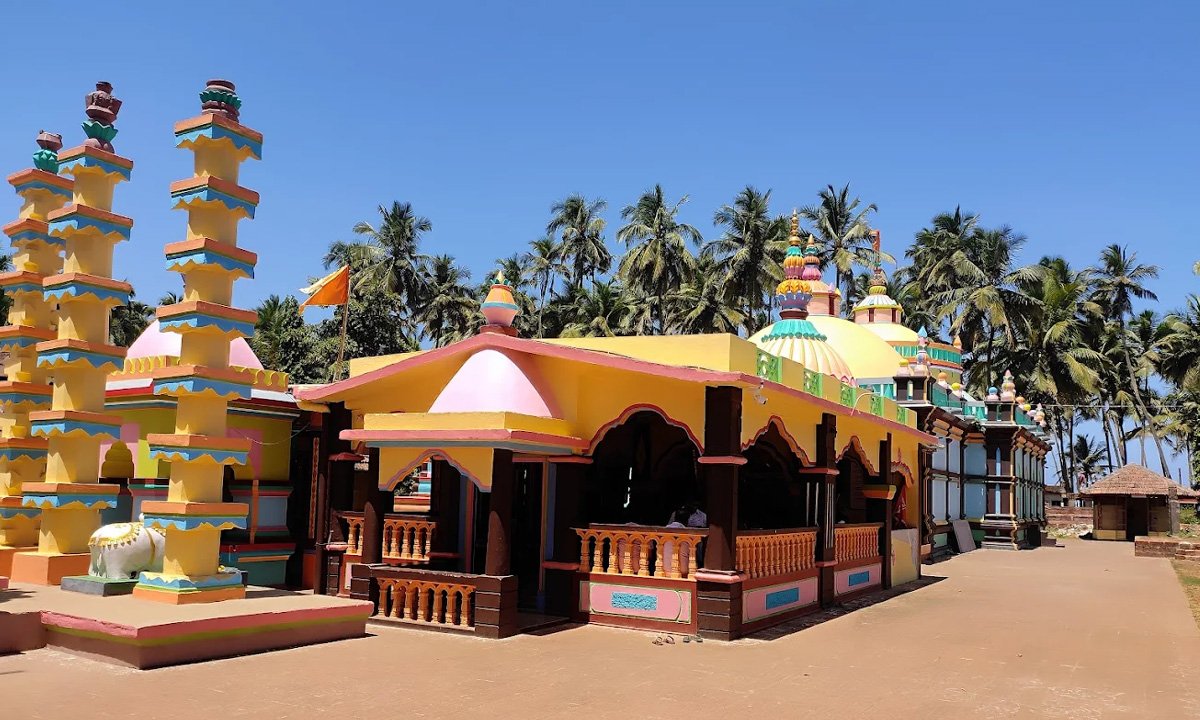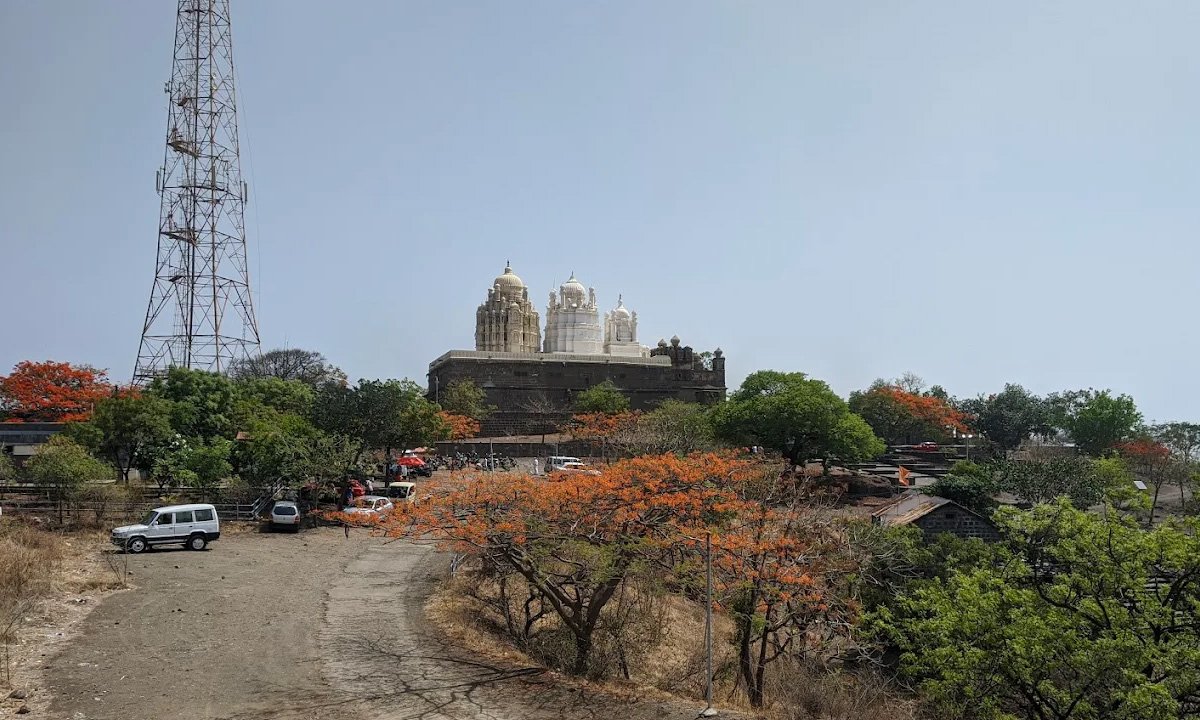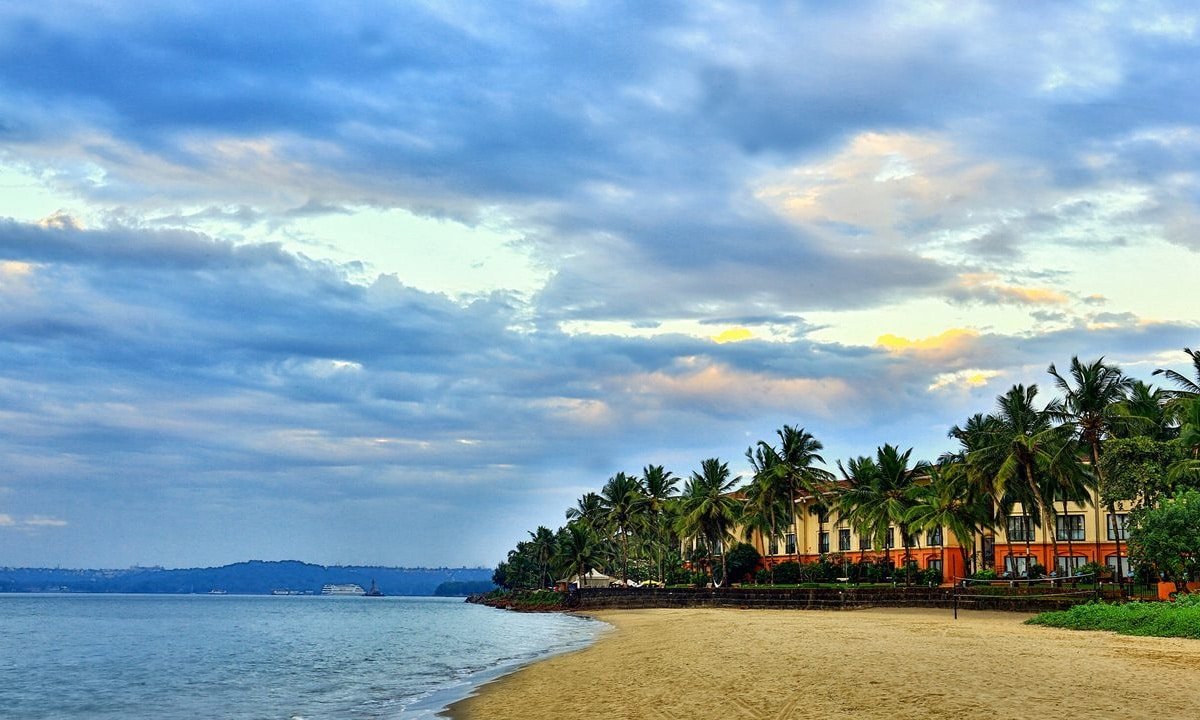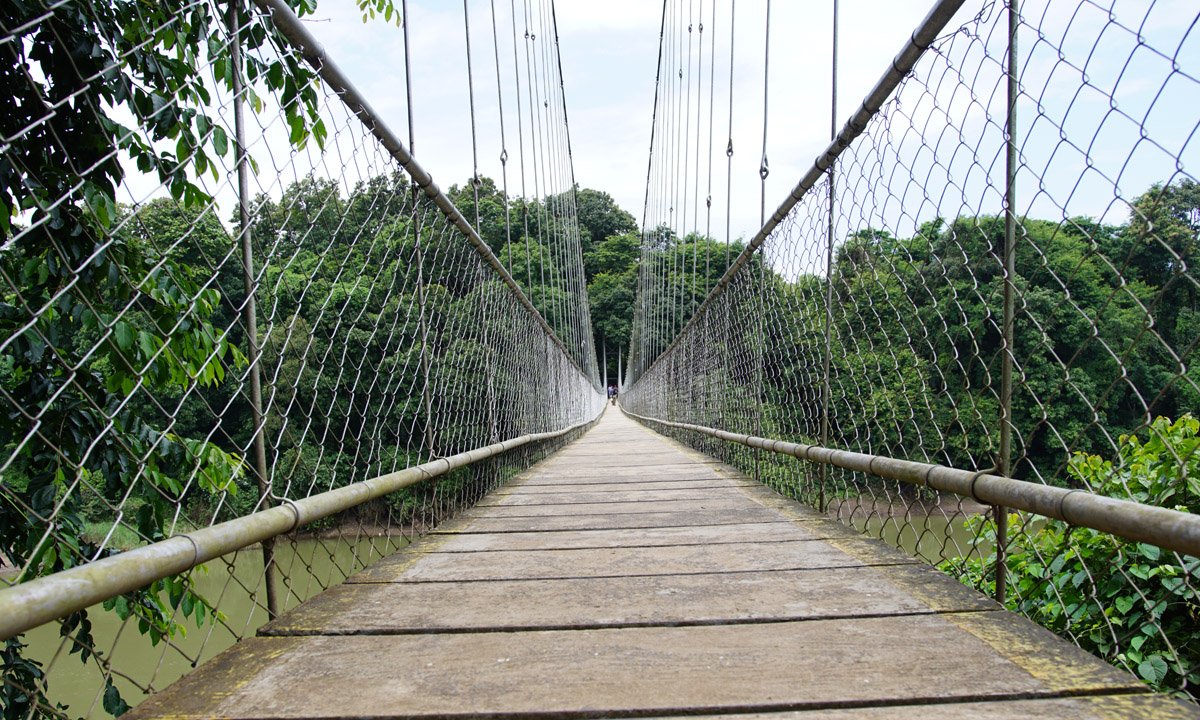Kolaramma Temple, Kolar, is built and dedicated to Goddess Shakti. The temple is constructed in Dravida Vimana Style and dates back to the Ganga period. The temple has some tantric rituals depicted and a unique depiction of the tantric Goddess carrying a bow. Kolaramma temple morning timings are 08:00 am to 12:30 pm, and the evening timings are 06:00 pm to 09:00 pm (all days except Friday). Friday timings are 08:00 am to 02:30 pm, 06:00 pm to 10:00 pm.
Plastic art is another architectural feature of this temple. It had now found A slab with a battle scene depicted on the front platform of the entrance to the temple. The heroic stone ‘Viragal’, around four and a half feet tall, is covered with relief work of horses, soldiers, elephants, celestial cars and nymphs.
Kolaramma Temple Kolar History:
Contents
- 1 Kolaramma Temple Kolar History:
- 1.0.1 Architecture:
- 1.0.2 Kolaramma Temple Timings:
- 1.0.3 Best time to visit Kolaramma Temple:
- 1.0.4 Sevas:
- 1.0.5 Famous Festival:
- 1.0.6 Scorpion:
- 1.0.7 Tips For Visiting Kolaramma Temple, Kolar:
- 1.0.8 Tourist places near Temple:
- 1.0.9 Hotels near Temple:
- 1.0.10 Temple Address:
- 1.0.11 How to reach the Temple:
- 1.0.12 FAQs:
- 1.1 Who built the Kolaramma temple in Kolar?
- 1.2 Who is the scorpion goddess in Kolaramma?
- 1.3 Which is the famous Devi Temple in Kolar?
- 1.4 How old is the Kolaramma temple?
- 1.5 What were the two main styles of temple architecture?

It was believed that Mysore’s royal family visited the temple and got blessings from the Goddess. The temple has a Style of Dravida Vimana architecture and inscriptions from 1012 A.D. There are intricate designs and carvings inside the granite stones of the temple.
Architecture:
The thousand-year-old temple was built in the South Indian style of architecture. It had granite stones that displayed a range of inscriptions made by the Cholas. The temple has two shrines, one of which is Kolaramma and the other is Saptamatras.
The shrines share a common vestibule, although the central temple faces east, and the other shrine faces north. It was noticed that more than 30 inscriptions were found inside the temples in Tamil and Kannada.
Kolaramma Temple Timings:
Kolaramma temple morning timings are 08:00 am to 12:30 pm, and the evening timings are 06:00 pm to 09:00 pm (all days except Friday). Friday timings are 08:00 am to 02:30 pm, 06:00 pm to 10:00 pm.
| Days | Morning Timings | Evening Timings |
| Monday | 08:00 am to 12:30 pm | 6 pm to 9 pm |
| Tuesday | 08:00 am to 12:30 pm | 6 pm to 9 pm |
| Wednesday | 08:00 am to 12:30 pm | 6 pm to 9 pm |
| Thursday | 08:00 am to 12:30 pm | 6 pm to 9 pm |
| Friday | 08:00 am to 02:30 pm | 6 pm to 10 pm |
| Saturday | 08:00 am to 12:30 pm | 6 pm to 9 pm |
| Sunday | 08:00 am to 12:30 pm | 6 pm to 9 pm |
Best time to visit Kolaramma Temple:
The cooler winter months are the best time to visit the Kolar temple between October and March. It is best to avoid the summer and monsoons as Kolar can get humid and hot. During festivals, it is also the best time to see the temple.
Sevas:
A special puja is observed every Tuesday and Friday. Also, tourists can see a unique aspect of the temple, Saptamatrikas – seven divine mothers installed in specific positions in the garbhgriha of the temple.
Famous Festival:
The famous Karage Festival is celebrated with great zeal when thousands of devotees and tourists visit here.
Scorpion:
There is a large scorpion carved on the inside of the temple granite wall. Kolaramma here is called – ‘Chelamma’ or the Scorpion Goddess. Devotees had believed that dropping a coin & paying reverence would guard them against Scorpion bites & stings! During an auspicious day in April–May, one can notice a scorpion at the idol of Kolaramma.
Some devotees come with a baby or a silver scorpion and offer them to Kolaramma in reverence to please her. This army of scorpions is believed to protect the treasure collected in the Hundi! It’s believed there’s a pit near the Kolaramma deity inside the temple, home to scorpions.
Tips For Visiting Kolaramma Temple, Kolar:
- Take a bath and wear neat clothes before you enter the temple.
- Do respect ancient customs and co-pilgrims while at the temple
- Smoking is strictly prohibited inside the temple premises.
Tourist places near Temple:
- Kotilingeshwara Temple
- Mysore Palace
- Shri Someshwara Swami Temple
- Nimishamba Temple
- Kurudumale Ganesha Temple
- Kolar Gold Fields
- Kempfort Shiva Temple
- Antara Gange
- Kateel Durgaparameshwari Temple
- Clock Tower
- Antaragange Cave And Water
- Budikote
- Tipu’s Drop
Hotels near Temple:
- Vivanta Bengaluru
- Manpho Bell Hotel
- Treebo Trend The White Tree
- Taj Bangalore
- Aloft Bengaluru Whitefield
- Bloom Hotel
- Royal Orchid Suites
- Essenza Hotel
- The Den
Temple Address:
Near Someshwar Temple, Kolar, Karnataka
How to reach the Temple:
By Road:
Kolar Bus Station is the nearest bus stand.
By Rail:
Bangarpet Railway Station is the nearest station to the temple.
By Air:
Bangalore International Airport is the closest airport.
FAQs:
Who built the Kolaramma temple in Kolar?
Vishnuvardhana (1108-1142) freed Gangavadi from the Cholas and, to commemorate his victory, built the Chennakesava Temple at Belur.
Who is the scorpion goddess in Kolaramma?
Chelamma is a Scorpion goddess and was worshipped along with Kolaramma in Kolar. Followers believe that by praying at the Chelamma shrine, a person will be guarded against scorpion bites and dreaded viruses by the deity.
Which is the famous Devi Temple in Kolar?
The Kolaramma temple is more than a thousand years old. It is located in the Kolar town of Karnataka, and the temple’s deity is Goddess Kolaramma. It was constructed in the Southern Style of architecture by the Cholas. Goddess Kolaramma was worshipped as Goddess Durga.
How old is the Kolaramma temple?
The temple is a thousand years old and was constructed by the Cholas in the Indian style.
What were the two main styles of temple architecture?
The country’s two major temple architecture styles are Nagara in the north and Dravidian in the South. The third style, the Vesara Style, is a fusion of Nagara and Dravidian styles of architecture.


